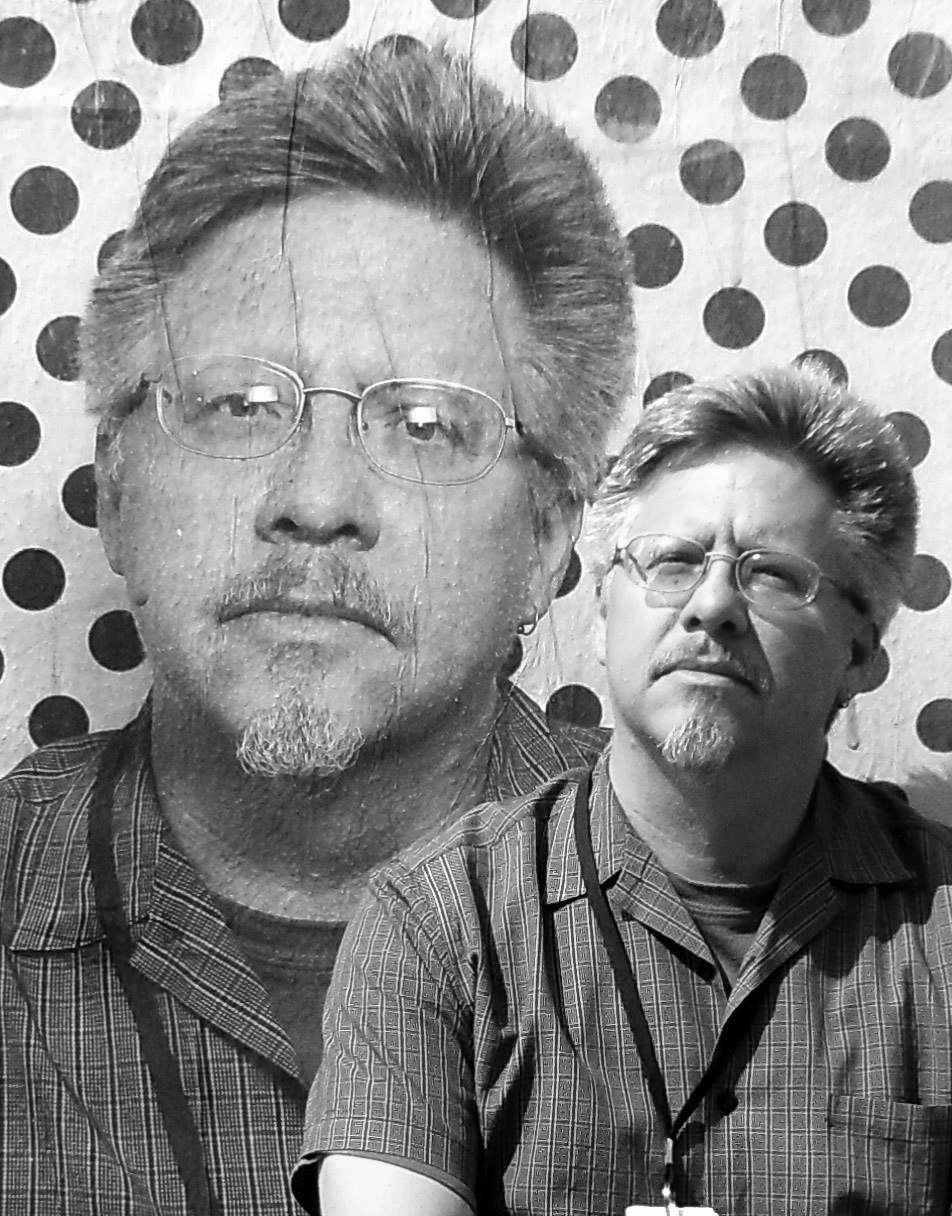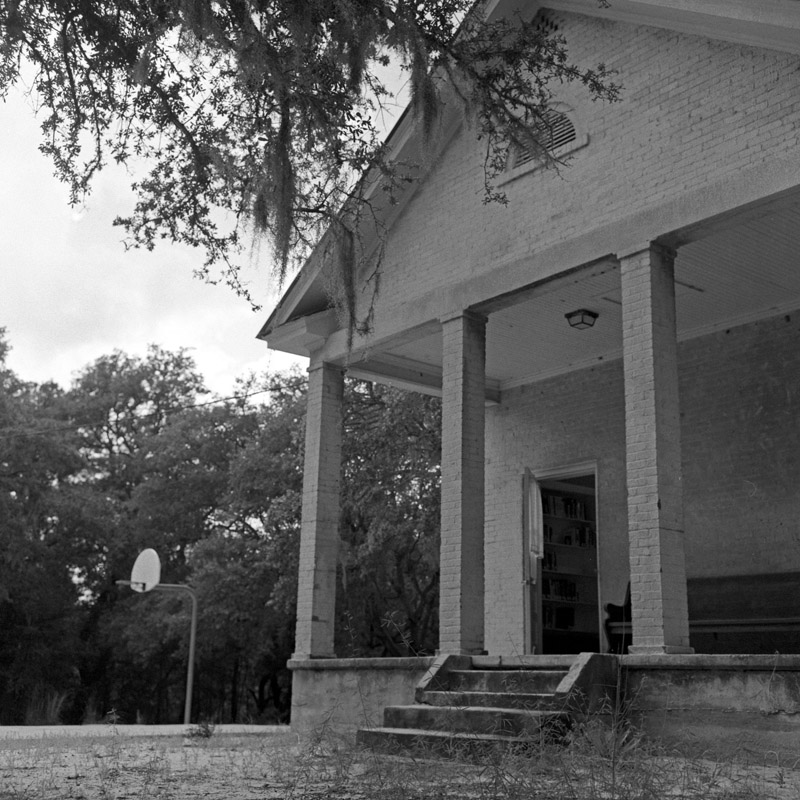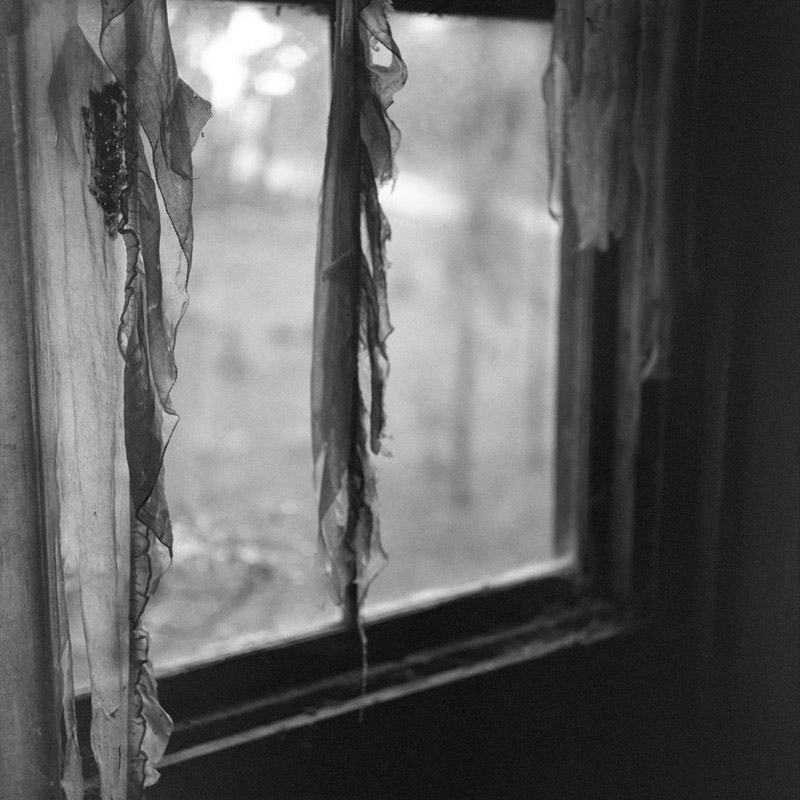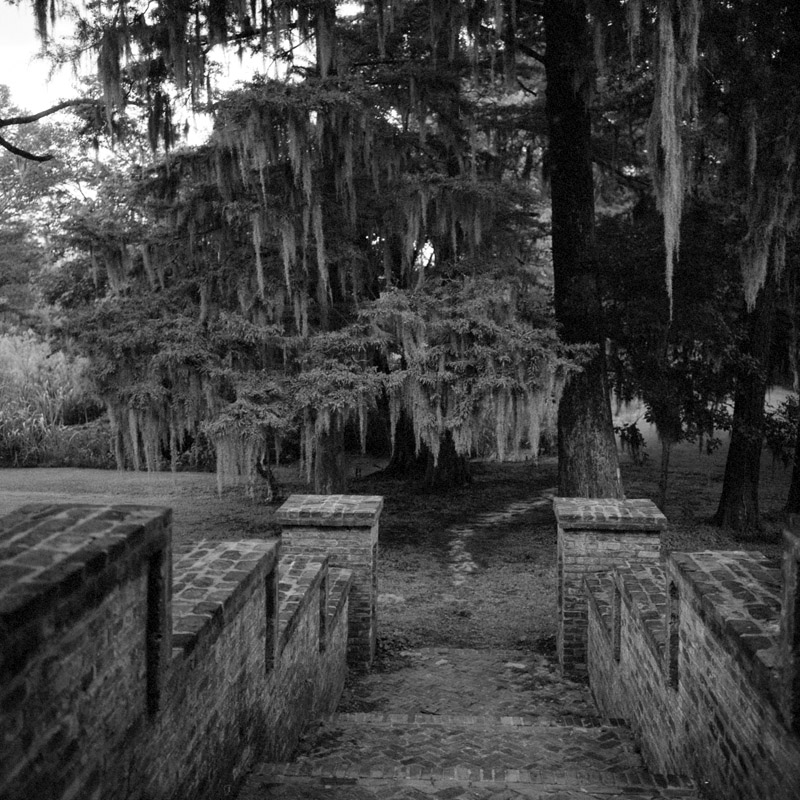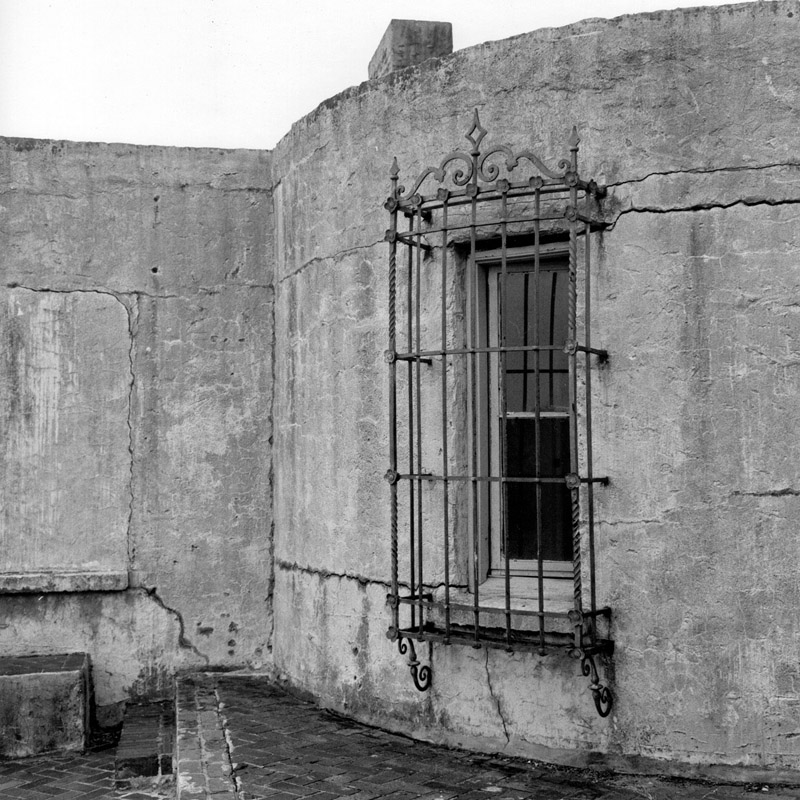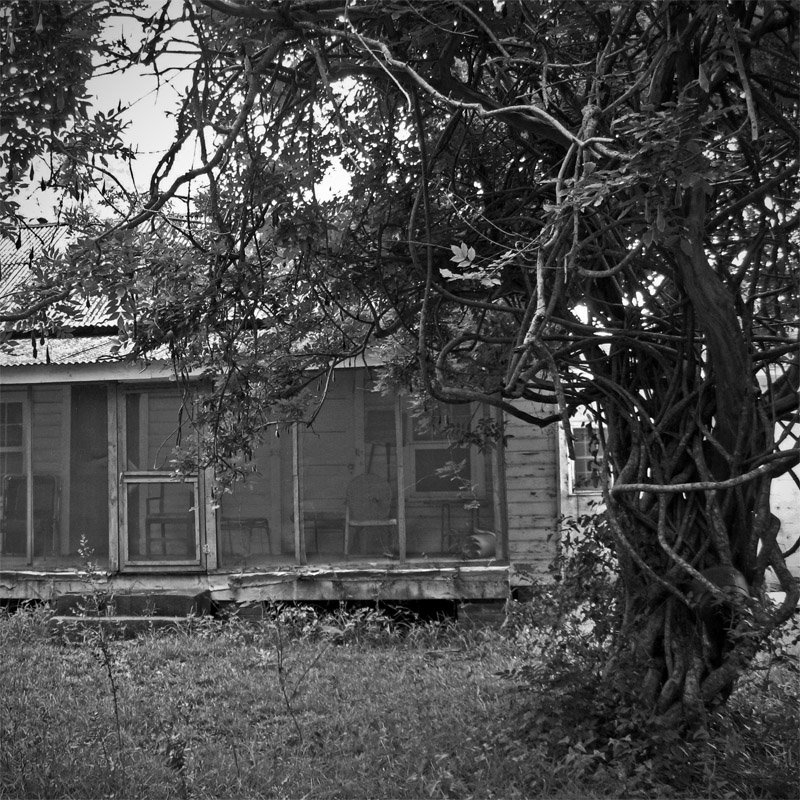Story
A White Boy at a Black School
Why I Was and Wasn’t Someone Different
It was the summer of 1971, and I had just turned seven years old. My dad was an electrical engineer who specialized in industrial construction projects, and we would follow him to live wherever the jobs took us. For this project we had moved from Ohio to Georgetown, South Carolina. We actually lived at nearby Litchfield beach in a beach house – definitely fun, but pretty cold in the winter. Now my parents raised their children (two boys and one girl) to be color blind with regard to race, and for this I am eternally grateful to them. I don’t recall them ever saying a negative word about a person or group of people based on the color of their skin – or for any other reason. So imagine their challenges moving to the South in the middle of the Civil Rights movement.
I remember my mother telling me that she had to take one of us to the doctor’s office, and they still had white and colored entrances. While these practices were technically illegal, blatant evidence of segregation persisted everywhere, culminating in the complete separation of white and black communities. There was even a historic Gullah-Geechee community on nearby Sandy Island literally three miles from where we lived, that we knew nothing about at the time. She kept her thoughts on this segregation from her children and we enjoyed our first summer blissfully playing in the sand with no idea of the two worlds living side by side but still apart.
At the end of summer it was time to go to school. I was starting first grade and very excited about it. Little did I know that I was about to become part of a historic event across the South. In the spring of 1971, the Supreme Court of the United States had just reached a verdict in the case of Swann v. Charlotte-Mecklenburg Board of Education, 402 U.S. 1, which ordered the desegregation of public schools via forced busing of students. My parents were faced with the options of sending me to the local public elementary school that was traditionally all black, or sending me to a private school. Since my mom had once been a public school teacher herself, and given my parents’ beliefs on race, they wisely decided to send me to the local public school, Parkersville Elementary – recently renamed Martin Luther King Elementary.
I remember the typical first-grader fears of getting on the bus and looking back through tears at my waving parents. I remember disappointing my teacher when I didn’t do my work, or, worse, being sent to the principal’s office when I misbehaved. I mostly remember having fun with my classmates and generally thinking my teachers were OK. My mom assures me that they said I was a well-behaved child, but I seem to remember misbehaving a good bit. What I didn’t notice at the time was that I was one of only eight white children at the school, and as far as I can tell, none of the other kids thought much about it either. I’d say we all got along great. Interestingly, I don’t recall visiting the homes of my black schoolmates, as it seemed we generally stayed close to the families that my dad worked with. We had done this in Oregon and Ohio too. At the end of the school year I remember saying goodbye to my friends and teachers, and then before I knew it, we had moved back to Ohio.
We so fell in love with the South Carolina coast that for the following decades we would return every year at various times and spend several weeks at the beach. During those years I started to learn more about the history of the area, from the Native Guale Indians and early Spanish explorers, to the early European American plantations and their associated slave communities, and finally to the robber barons of the early 20th century and the historic communities. In college I majored in archaeology and did even more research on the area, and by the time I was in my 30s I was starting to feel nostalgic about my brief time living along the South Carolina coast.
So, during one summer visit in the late 1990s, I went searching for my old school, and to my disappointment I couldn’t find it. I stopped at a convenience store at the intersection of the highway and the main road that headed down to the school. I asked the clerk about the school and he had no idea what I was talking about. Fortunately, there was an elderly black woman in line behind me and she said to me, “There used to be a school down that road, but it was torn down years ago. “ I told her that I was looking for it because I had gone to first grade there. To which she gave me a puzzled look and replied “you couldn’t have gone there, you’re a white boy. That was an all-black school.” I explained to her my story and she smiled and said she had never known that white children had attended the school. It made her happy to learn that.
We shared a few more words and I headed back to our beach house. Meeting her made me think even more about the historic black community I had crossed paths with over thirty years prior. I have to admit that for much of the time in between, most of my experiences at the beach were purely for fun and recreation. So around 2000 I started exploring the area each summer with more of a historical perspective. Aside from being an archaeologist, I’m also a photographer and I chose to explore the area from a primarily visual perspective. Over the years I’ve visited my fascinating historic places along the coast, but in the summer of 2009 I visited Sandy Island, a place that once again connected to my experiences of 1971.
Sandy Island is a 9,000-acre river-bounded island located only three miles from the home I lived at in 1971-72. During the 18th and 19th centuries it was home to nine plantations, and after the Civil War a number of former slave families of Gullah-Geechee ancestry returned to Sandy Island as free homesteaders. These families continued to grow rice into the 1930s – unfortunately the Great Depression and other social factors caused a crash in the Carolina rice production industry. In 1931 wealthy philanthropists Archer and Anna Huntington purchased nearly 10,000 acres of land just across the Waccamaw River and established Brookgreen Gardens. Anna was a renowned sculptor and the Huntingtons built an elaborate sculpture garden on the site of the former Brookgreen Plantation. Our family would visit these gardens almost every year, and I recall exploring them long before they stopped allowing people to wander around the grounds freely.
Between 1931 and 1933 the Huntingtons also built a large summer home called Atalaya right at the beach. By the ‘70s it was abandoned and I remember sneaking into it at night when I was a teenager. The Huntington family hired workers from Sandy Island for all of their construction projects, and provided them with training in various construction trades. Additionally, they paid for the construction of a community school on the island, so that the children would not have to take a boat to the mainland. This school operated into the 1960s, but by 1970 the children were again being taken to the mainland by boat. For many years the state of South Carolina operated an official school boat for the children. The Huntingtons also had a channel dredged through the salt marshes to make it easier for the island residents to access the mainland.
Throughout the remainder of the 20th century very little changed on Sandy Island. The island did not have electricity until 1967 and no running water until 2001. Today the island is much the same as it was in the early 1900s. There are two villages: Mount Rena and Annie Village. In the summer of 2009 I had the privilege of visiting this priceless historic resource with an islander by the name of Rommy Pyatt. Rommy is about my age and was born and raised on the island, but now lives and works in Charleston. He ferries visitors over to the island on the weekends to help build awareness of its rich history. During our visit he and I talked about our memories of the area. I learned that he too had attended Martin Luther King elementary school a few years after I had, and that he rode the school boat to school each day. As much as I enjoyed discovering Sandy Island in my 40s, part of me wishes that I could have visited the island in 1971 with one of my school friends. I wish I could have learned more about my Gullah-Geechee neighbors at that time. I hope that children today get to enjoy and learn about the various cultures that make up our society.

